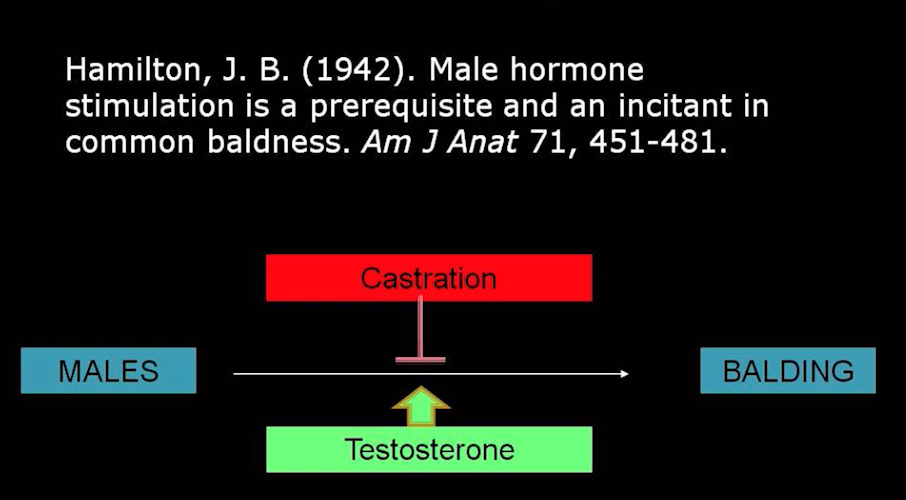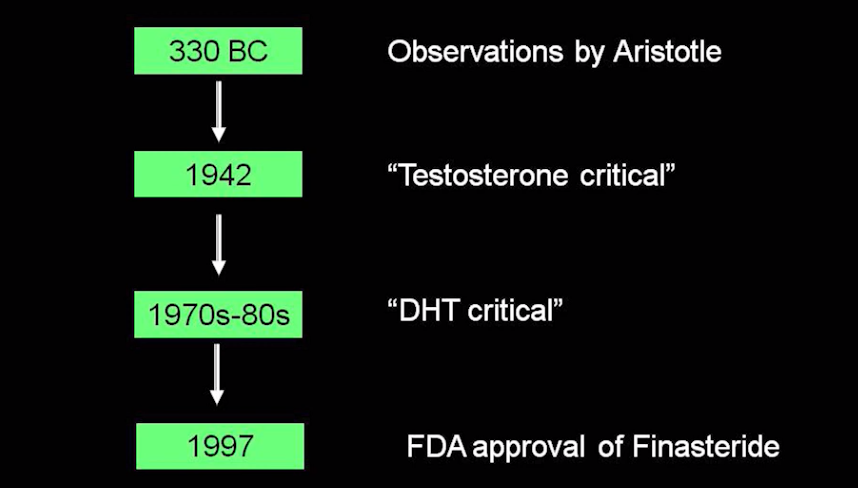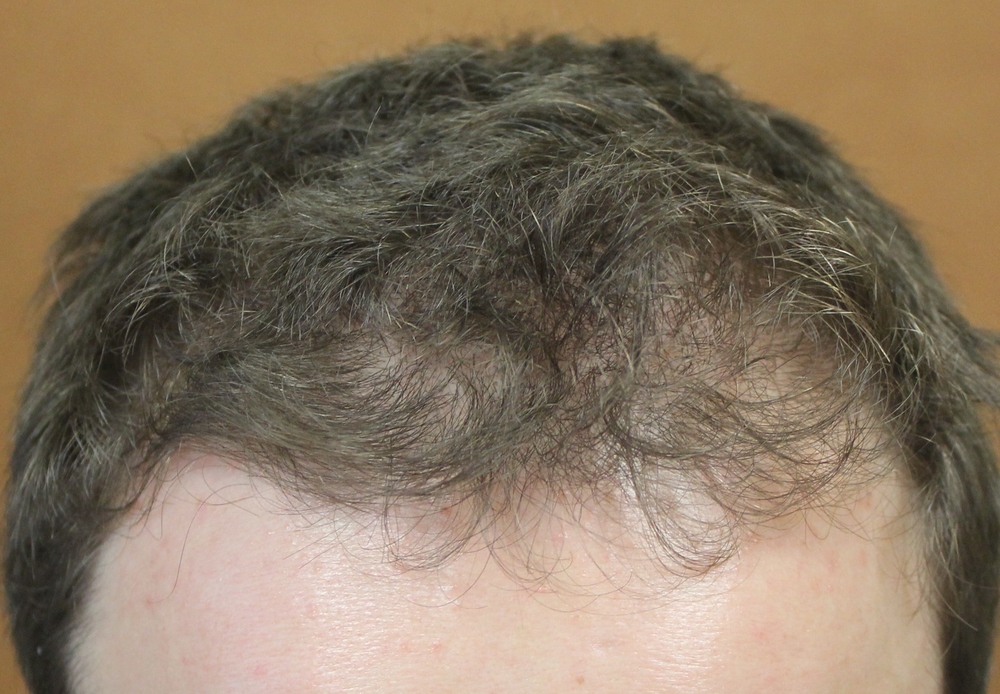Managing Hair Loss During and After Pregnancy: Facts vs False Reassurance
Hair Loss During and After Pregnancy
Individuals with hair loss often ask what steps they should be taking to best help their hair during pregnancy and what steps they should take after delivery.
I have written on certain aspects of this topic before. Please consider reviewing my past articles on Hair Loss, Pregnancy & Breastfeeding:
July 23, 2019 - Stopping Medications in Pregnancy
May 6, 2018 - Pregnancy and Female Pattern Hair Loss
Mar 1, 2017 The Safety of Hair Loss medications in Pregnancy
May 19, 2012 - Which medications are safe during breastfeeding?
For many women who ask this question and are currently pregnant, I often say that there are two ways to help the hair while pregnant. The first is make sure that the individuals does not truly have any deficiencies by getting some basic blood tests if the individual or her doctor are worried about some type of deficiency. The second way to potentially help the hair is to consider reviewing the benefits of low level laser therapy (LLLT). Besides correcting a vitamin deficiency, administration of low level laser treatments is really the only treatment that can be safely used during pregnancy.
For women who were using minoxidil before pregnancy but needed to stop during the pregnancy, I strongly encourage them to see an expert to determine when minoxidil might best be restarted after delivery. Both the American Academy of Pediatrics and the American Academy of Dermatology have stated that Rogaine is reasonably safe for breastfeeding women (yes, despite the fact that all warning labels say otherwise). I can’t emphasize enough the importance of speaking to the dermatologist about this. in my opinion, we need to let years and years of medical research and years of observation help guide how we make tough decisions not simply outdated warning labels that protect companies from legal ramifications. These decisions are of course taken on a case by case basis.
False resurgence has no place in the management of any type of hair loss - and this is particularly true in managing hair loss around the time of pregnancy. It would be wonderful if I could reassure women that hair always grows back “fully” after delivery (i.e. to the same density as before pregnancy) - but this is not accurate. For most women who shed hair post partum, the shedding eventually slows down around month 6-9 post partum and shedding returns to normal and hair regrowth happens. However, hair density does not always grow back as full as it was before pregnancy if a woman has the genes for genetic hair loss instructing the hairs what to do. For many women it does - but not all. This is far more than my professional medical opinion - it’s fact. For this reason, I encourage patients to have a solid treatment plan in place.
False reassurance that hair “always” grows back and not to worry leaves many women confused and disappointed. I sometimes advise a conservative approach and sometimes an aggressive approach to treatment after delivery. It all depends on the stage of the patient’s androgenetic alopecia, her current age and health and her family history of hair loss and other conditions. We don’t yet have tests available to set the known genes for genetic hair loss - so this is not part of the evaluation. The decision on what to use during pregnancy is easy as only laser is safe (and supplementing any deficiencies that are uncovered in the blood tests).
This article was written by Dr. Jeff Donovan, a Canadian and US board certified dermatologist specializing exclusively in hair loss.





![mature%20and%20balding[1].jpg](https://images.squarespace-cdn.com/content/v1/5243dccde4b08fd9e4fc92ef/1381296519700-CV7E2TO9YL5WSSBWOS9F/mature%2520and%2520balding%5B1%5D.jpg)

